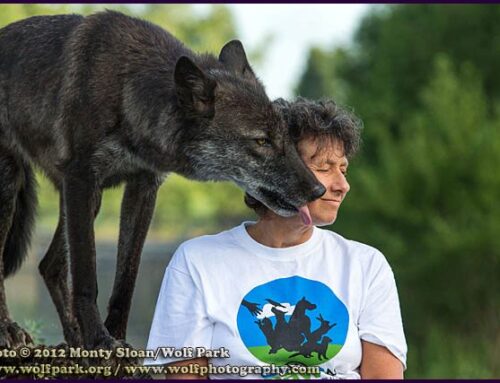If you’ve ever been the recipient of a suspiciously timed gift or compliment the giver may be guilty of attempting to use a ‘conditioned emotional response’ to affect your behavior. There are some things, objects or actions that we learn to feel a particular way about. We can’t help ourselves, ice cream just makes us feel good, we see a baby smile and feel all warm and gooey inside, someone hands us a box of chocolates in the hopes that the anger expected that we’ll feel, when we discover a dent in the side of the car, will be dulled. You probably have even purchased something based more on how the advertiser made you ‘feel’ about the product, more than by its actually usefulness. Don’t worry, you’re not alone, those women in bikinis at car shows are there for more than window dressing.
With our scared dogs this usually means that there are situations and objects that make them feel afraid, they too can’t help it, it just happens and it’s hard to change these conditioned emotional responses. But why not put the tenacity of these CERs to good use and use them to your advantage with your dog, they don’t all have to be bad!
My scared dog Sunny loves, by anyone’s definition, to have frisbees or balls tossed to him. The mere implication that a ball is going to be tossed gets him excited. All I need to do is talk about frisbees and his ears perk up and his tail wags. He has a positive conditioned emotional response to frisbee talk. Your own dog may have a similar response when you tie your shoes or pick up their leash.
I use these CERs when Sunny is in situations which may be stressful to him. I bring a frisbee along with me to training classes, a few tosses and he’s in a good mood. When we’re out in the woods and a stranger appears I can ask Sunny to ‘go get a stick’ and he goes from alarm to play mode. I even use my voice to manipulate his mood, knowing that a stream of baby talk can often get his tail wagging. I can tell him ‘he’s a silly boy’ when something scares him, and have a good chance of at least dampening the edge of fear and concern that he’s feeling.
Try this with your own dog. Find as many ways as possible to make your dog feel good, away from the things that scare them, and one day you may be able to use one to change your dog’s conditioned emotional response from feeling fear to feeling good.





